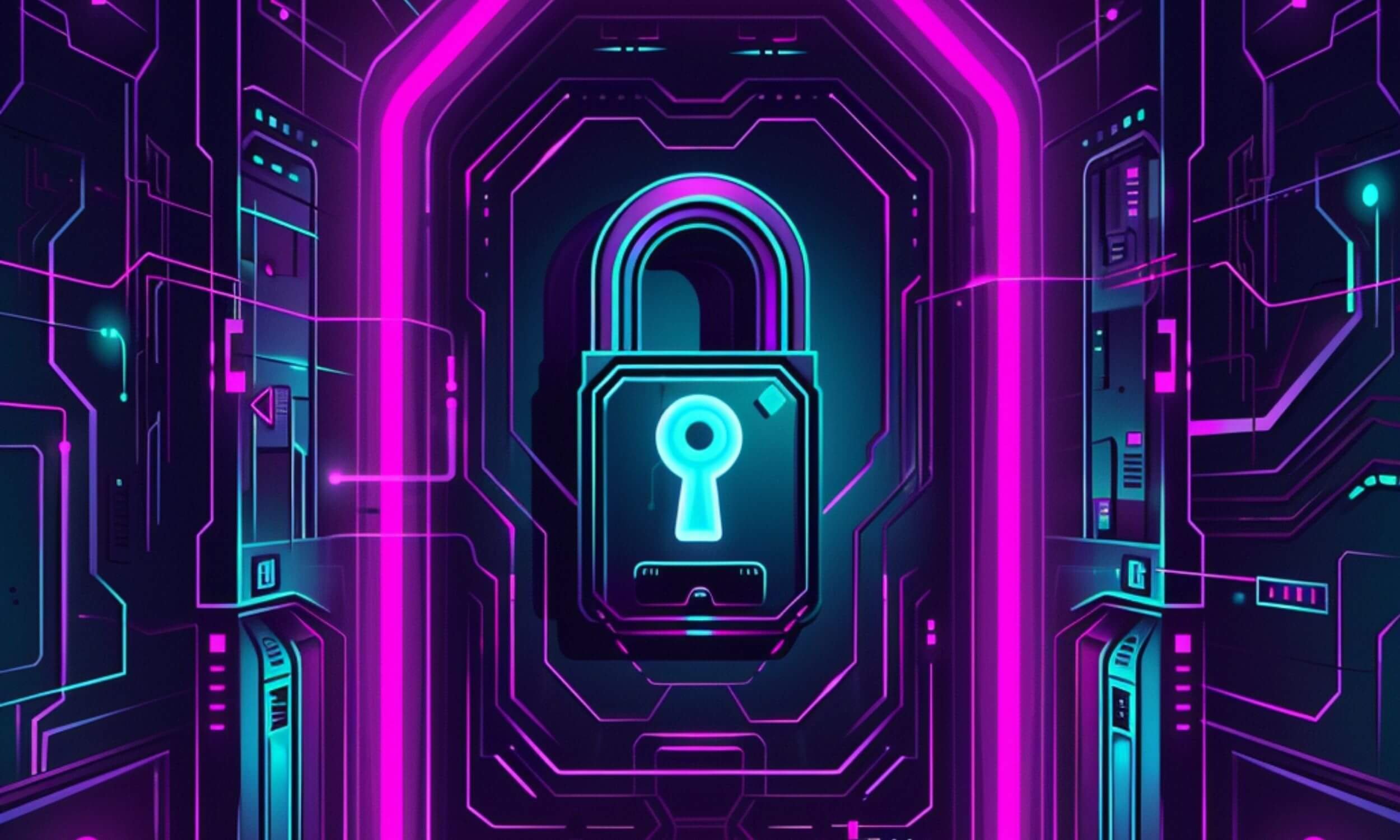
Caspian One partners with financial institutions where complex technology challenges require specialist expertise.
We provide expert consultants and managed teams delivering measurable outcomes across trading, data and analytics, AI-enabled solutions, and the critical infrastructure that supports modern financial markets.
Need guidance? Click the chatbot in the bottom right to speak with Caspian, our trained AI assistant, or explore our services, expertise, and success stories to see how we can help.

At Caspian One, we cultivate partnerships that combine technological innovations with human ingenuity:
Empowering subject matter experts and institutions to navigate change and complexity, to thrive on transformative change.
Need guidance? Click the chatbot in the bottom right to speak with Caspian, our trained AI assistant.
Resource Augmentation
Deploying the right teams, exactly when you need them
We provide highly skilled professionals who integrate seamlessly into your teams - helping you scale quickly, meet project demands, and fill skill gaps without long-term commitments.
Specialist Skills Acquisition
Finding and securing the best talent for critical roles
We source top-tier professionals for business-critical positions, leveraging our network, market insight, and industry expertise to find the right people, fast.
Managed Outcomes
Delivering complex projects with clear accountability
We take full responsibility for end-to-end project delivery, providing the expert teams, strategy, and execution needed to achieve your desired results - on time and within budget.
Scaling a team, securing top talent, or delivering a complex project shouldn’t come at the cost of fairness.
From Data & Analytics and Infrastructure to Change Management, Application Development and cybersecurity, our services deliver flexible teams, expert talent, and project solutions - helping organisations to build, scale, and modernise technology.
Our approach is built on transparency, value, and doing what’s right - ensuring you get the expertise you need, in a way that makes commercial sense.
Data and Analytics
Our data specialists and engineers support clients with AI/ML, real-time analytics, kdb+, data lakes, and advanced business intelligence solutions.
Application Development
We deliver high-performance software engineering, covering Java, Python, C++, front-end dev, and cloud-native applications.
Complex Infrastructure
We provide expertise in cloud migrations, DevOps, networking, infrastructure automation, and the design of resilient, regulated financial environments.
Cybersecurity & Compliance
From penetration testing to compliance and regulatory risk management, we help businesses secure their data, systems, and infrastructure.
Change Management
We support organisations in navigating transformation, from business change engineering to agile governance.
Proven ability to deliver | View Success Stories

Application Development & Digital Modernisation
Outdated Systems Are Slowing Businesses Down
Our experts helped a major financial institution decommission its outdated system and transition to a microservices-based platform - enabling faster, more secure, and scalable services.
Expertise: Application Development
Service: Managed Outcomes
Infrastructure & Cloud Security
Legacy Infrastructure is Holding Businesses Back
Many financial institutions are facing outdated IT infrastructure - driving up costs, increasing security risks, and reducing efficiency. We helped a global hedge fund transition to a secure, scalable AWS cloud environment, enabling innovation while cutting long-term costs and ensuring regulatory compliance.
Expertise: Infrastructure
Service: Resource Augmentation

Data & Analytics for Smarter Decisions
Real-Time Data is Reshaping Entire Industries
Data moves at lightning speed, but many businesses struggle to keep up. We built a kdb analytics team for a global investment bank, integrating ultra-low latency data processing to enhance trading, risk management, and market responsiveness.
Expertise: Data & Analytics
Service: Specialist Skills Acquisition
Resilient Infrastructure & Always-On Services
Milliseconds Matter in Global Trading
Every second of downtime costs trading institutions millions. Delivering expertise, we helped build and automate a resilient trading infrastructure, ensuring 24/7 availability, faster execution, and seamless onboarding for global markets.
Expertise: Infrastructure
Service: Managed Outcomes

Scaling Talent & Future-Proofing Teams
Unlocking Game-Changing Expertise
Global talent markets offer cutting-edge skills at scale - if you know where to look. We helped a financial institution build a 45-person team offshore in Poland - reducing costs, improving diversity, and accelerating innovation.
Expertise: Offshore Capabilities
Service: Resource Augmentation
Cybersecurity & Risk Management
Cybercrime is a Multi-Trillion Dollar Threat
As digital risks grow, so do security demands. We helped a financial institution strengthen cybersecurity across 152 risk controls, ensuring compliance and minimising exposure to financial and reputational threats.
Expertise: Cybersecurity
Service: Resource Augmentation

Regulatory Change & Business Stability
Regulations Are Shaping the Future of Banking
LIBOR was one of the most complex regulatory shifts in modern finance. Our specialist team led a multi-year transformation, updating 50,000+ systems, remediating documentation, and ensuring a seamless, fully compliant transition.
Expertise: Change Management
Service: Managed Outcomes
-
Our services provide adaptable teams of highly skilled Subject Matter Experts (SMEs) optimised for speed, scale, and commercial flexibility. This allows clients to scale up or down as needed without compromising on quality
-
We modernise legacy systems, enhancing capabilities and operational efficiency while maintaining competitive pricing without compromising quality
-
Leveraging our deep market knowledge and established networks, we source resources with the necessary expertise, ensuring clients receive high-calibre specialists tailored to their specific needs
-
We provide subject matter expertise advanced data management, AI/ML, and analytics, enabling clients to make informed decisions, enhance business intelligence, and drive performance improvements
-
Through our work in Poland and other regions, we provide clients with access to cost-effective, highly skilled resources that can be integrated seamlessly into their projects, enhancing efficiency and scalability
-
Our expertise in Infrastructure and Application Development ensures smooth cloud migrations, rebuilding applications for cloud environments, and implementing scalable solutions that enhance operational efficiency and security
-
Our expertise in Data & Analytics, Cyber Security, and Change Management helps clients navigate regulatory landscapes smoothly, implementing robust solutions that ensure compliance and mitigate risks
-
Our partnerships with leading technology providers and expertise in high-performance systems ensure our clients achieve optimal speed and low latency, giving them a competitive edge
-
Our services shoulder the burden of technology transitions, ensuring resources are available and projects are completed on time and within budget, while keeping clients in control
-
Our comprehensive service offerings, including resource augmentation and managed outcomes, focus on cost control, real-time spend tracking, and efficient project delivery, minimising downtime and maximising productivity
Businesses face relentless challenges - from modernising infrastructure to securing critical systems.
Ensuring Flexibility & Scalability
Rapid changes in project scope and business requirements demand flexible and scalable resource solutions
Reducing Operational Costs & Downtime
High operational costs and commercial downtime can hinder business growth and efficiency
Managing Complex Technology Change
Modernising to remain competitive or tackling persistent legacy systems can be daunting and disruptive
Regulations & Compliance
Keeping up with regulatory changes and ensuring compliance can be complex and resource-intensive
Low Latency & Critical High Speeds
Meeting the competitive demands for high-speed technology and low latency in critical operations
Implementing Cloud Solutions at Scale
Migrating to the cloud technologies and ensuring seamless integration without disrupting operations
Modernising Legacy Systems
Clients face outdated technology systems that can limit efficiency and innovation, requiring modernisation
Enhancing Data Mgt., AI/ML & Analytics
Managing vast amounts of data and deriving actionable insights can be overwhelming and technically challenging
Accessing Specialised Skills & Expertise
Finding rare, capable resources for critical roles, particularly in niche areas, is time-consuming and challenging
Leveraging Offshore / Nearshore Resources
Balancing budget cost and expertise by utilising offshore and nearshore resources effectively

Introduction to Caspian One:
Who we are?
Caspian One is an international technology services provider, delivering highly skilled resources and managed technology solutions that help businesses scale, modernise, and innovate.
We integrate deep technical expertise with a commercially agile approach, giving businesses the flexibility to scale, innovate, and stay competitive without unnecessary overhead.
We specialise in solving complex, technology-driven challenges that demand speed, scalability, and commercial flexibility. Whether clients need to augment their teams, acquire niche expertise, or drive project outcomes, we bring the right people, insights, and execution to make it happen.
“Our mission is to foster genuine collaboration, transparency, and trust with our clients.
Confidently, we navigate the challenges of skills demand, project delivery, and resource augmentation.
By assembling Subject Matter Experts and nurturing our specialist capabilities, we’re able to offer commercial agility and deliver tailored solutions that meet our clients’ unique needs and aspirations.”
- Caspian One, Board of Directors
Let’s Talk About What’s Next
Whether you’re looking to scale a team, secure top talent, or deliver a complex project, Caspian One is here to help. Let’s start a conversation and explore how we can support your goals.




















